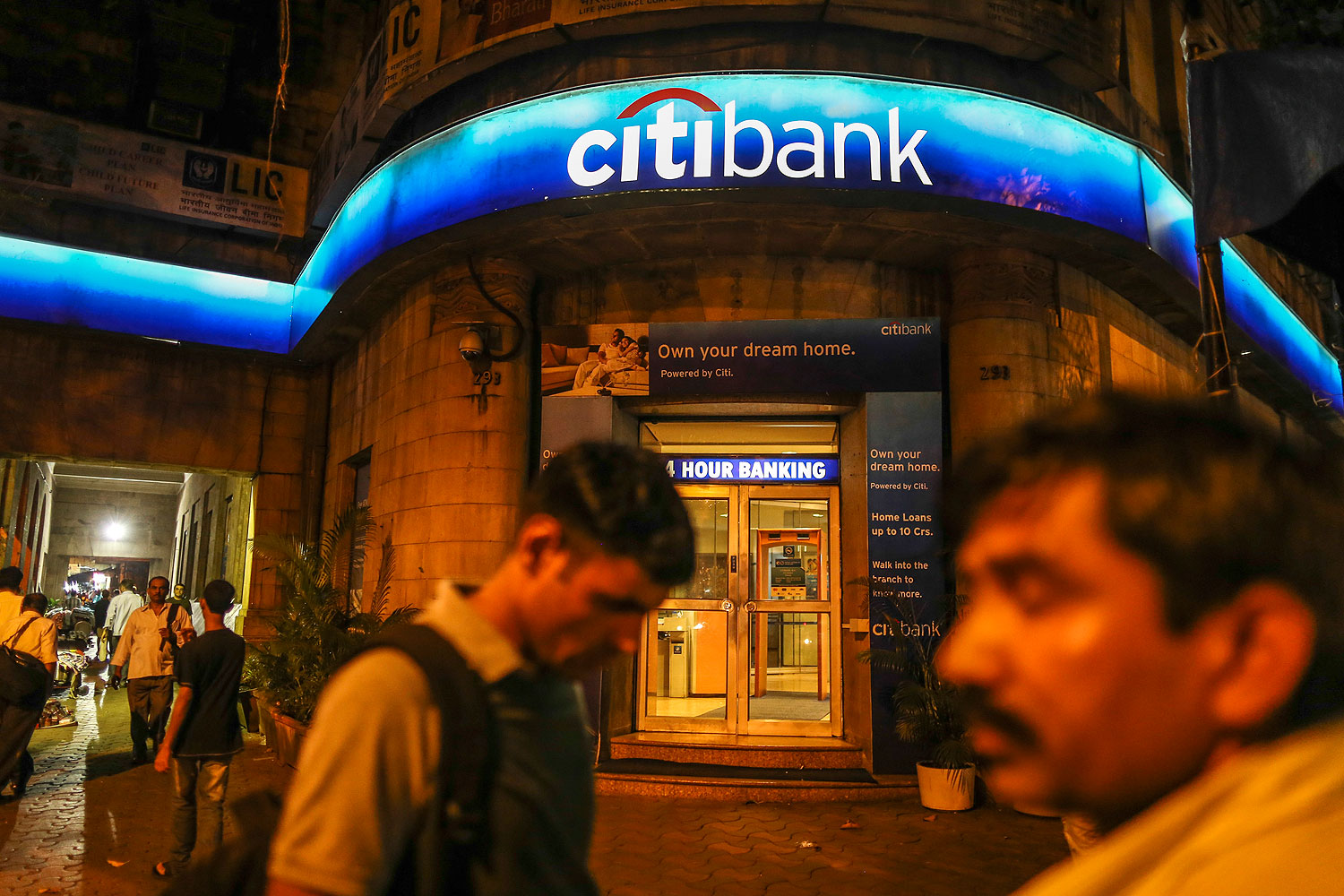
Earlier this year, I wrote a cover story on Fed Chair Janet Yellen expressing the hope that she would help finish the work of cleaning up our banking system, a problem which still remains over five years on from the financial crisis. This week’s Fed rejection of Citigroup’s dividend payout plans gives me some hope that she’s taking that job more seriously than her predecessors.
The Fed “stress tests,” which govern the right of banks to give money back to shareholders, are designed to make sure that before banks attempt to drive up their value by paying dividends or buying back stock, they actually have enough capital on hand to do what they are supposed to do, which is to lend money to real businesses, and make markets safely. It’s interesting to me that while Citigroup’s capital cushion comfortably exceeded the mandated 5 % minimum, the Fed still denied the company’s plans to give money back to shareholders. It said that banks hadn’t made enough progress in areas like risk management and that the central bank didn’t buy Citi’s ability to manage its future revenue stream. Basically, the Fed said, “we aren’t buying your ability to manage risk and do business safely.”
Should we feel reassured by this? Yes, and no. The thing that I’m happy about is the fact that the Fed seems to be thinking about risk in a more nuanced way. It’s not only about the amount of capital that you have on hand, but how you manage it. Even well capitalized banks can make mistakes and have bad controls in place, and frankly, as I’ve been saying for some time, big bank’s risk management is really rune reading anyway. At best, you’re throwing a bunch of hunches about all the bad things that could happen in the world into a black box, and shaking them around, and hoping for the best.
The thing that still worries me is that Citi, which was comfortably above the mandated capital limits, is still holding only 6.5 % “Tier One” capital – that’s the good kind, meaning cash and cash equivalents. Let’s look at that another way: It means that this bank does its regular daily business with over 93 % borrowed money. As I pointed out in my cover from last year, “How Wall Street Won,” that’s a ratio that any other type of business in America wouldn’t dream of. There are plenty of people who think that in order to have a truly safer system, we need to stop treating banks as though they are special, and start making them act like every other business in America. For more on that, see Stanford professor Anat Admati’s piece on this topic in the New York Times.
More Must-Reads From TIME
- Dua Lipa Manifested All of This
- Exclusive: Google Workers Revolt Over $1.2 Billion Contract With Israel
- Stop Looking for Your Forever Home
- The Sympathizer Counters 50 Years of Hollywood Vietnam War Narratives
- The Bliss of Seeing the Eclipse From Cleveland
- Hormonal Birth Control Doesn’t Deserve Its Bad Reputation
- The Best TV Shows to Watch on Peacock
- Want Weekly Recs on What to Watch, Read, and More? Sign Up for Worth Your Time
Contact us at letters@time.com